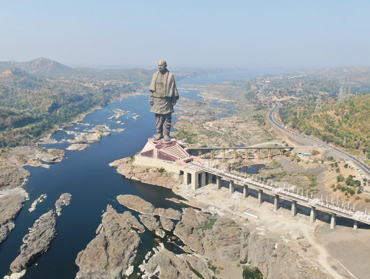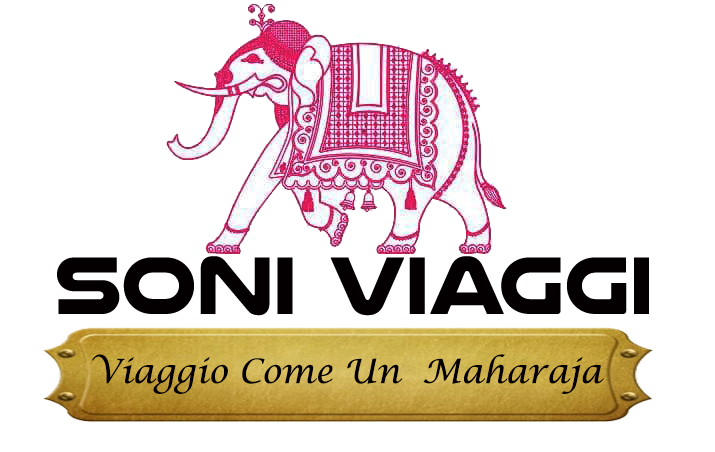Exclusive Gujarat Tour
- Home
- Exclusive Gujarat Tour
Exclusive Gujarat Tour
Destination: Ahmedabad –Dasada-Bhuj-Gondal-Sasan Gir –Bhavnagar-Ahmedabad
Detailed ltinerary
Day 1: ARRIVE AHMEDABAD

Day 2: SIGHTSEEING OF AHMEDABAD
Proceed for an early morning Heritage Walk of the old city, beginning from the picturesque Swaminarayan Temple in Kalupur, it covers the numerous pols, havelis, ornamental facades, workplaces of artisans and number of magnificent Hindu and Jain temples, it covers from KaviDalpatramChowk – which housed the great 19th century Gujarati poet – in Lambeshwarni Pole, to the classic reminisces of the city’s textile era – the Calico Dome to the century old Kala RamjiMandir in the Haja Patel ni Pole with a unique idol of Lord Rama in dark colour and in a sitting posture. A special feature of Ahmedabad is the plan of the old city, comprising numerous pols, self-contained neighbourhoods, sheltering large numbers of people, traversed by narrow streets, usually terminating in squares with community wells and chabutaras for feeding birds. And it ends at the most glorious architectural legacy- the Jumma Masjid.
Proceed to Calico Museum (Remains close on Wednesday & Public Holidays).
The Calico and Sarabhai Foundation Collection is the premier textile museum of the country, and one of the most celebrated institutions of its kind in the world for its distinguished and comprehensive collection of textiles and artefacts. Its outstanding collection of Indian fabrics exemplifies textiles spanning five centuries.
(The guided tours are free of cost but have to be pre booked and only 20pax are allowed at a time.)
(10.30am -12.30am) info@calicomuseum.com)
visit the Mosque of Sidi Sayed is one of the most prominent in the Ahmedabad city. Constructed in the last year of the Gujarat Sultanate, it was built by Sidi Sayed, a slave of Sultan Ahmed Shah. The mosque consists of ten semi-circular windows, the appeal of which is accentuated by the splendid mesh covering them, which is more popularly known as “Jali’ in the Indo-Saracenic style.
Sabarmati Ashram
Originally called the Satyagraha Ashram, the Sabarmati Ashram was home to Mohandas Gandhi from 1917 until 1930 and served as one of the main centres of the Indian freedom struggle. It is named after the river on whose bank it is located. The Ashram is presently involved in a number of activities that serves to both preserve the history of Gandhi and the freedom struggle and also to promote and educate people in the great philosophies, values and teachings of Gandhi.
Drive past the Law Garden Market, unlike other gardens of the city, the Law Garden is filled with a large number of shops selling colourful handicrafts and textiles and is quite a visual treat. Overnight at hotel.




Day 3: AHMEDABAD -PATAN - MODERA – DASADA (215 KM / 4-5 Hrs Drive Approx)



Day 4: DASADA
Enjoy a morning wildlife & bird watching safari into the Little Rann. Evening optional Safari into the Rann or you could choose to visit the tribal settlements. Overnight in Dasada.
Note: Little Rann of Kutch sanctuary remains close from 15th June to 15th October every year.

Day 5: DASADA - BHUJ (312 kms, 5 hrs)
Departure from Dasada after breakfast. Arrive at Bhuj by noon. Check into hotel. In the afternoon view the museums and palaces of Royal family of Kutch.
Bhuj Museum (KUTCH MUSEUM / BHUJ REMAINS CLOSE ON Wednesday, 2ND & 4TH SAT & PUBLIC HOLIDAY)
The oldest museum in Gujarat, founded in 1877 by MaharaoKhengarji, it has the largest existing collection of Kshatrapa inscriptions, dating to the 1st century AD, as well as examples of the extinct Kutchi script and an interesting collection of coins. A section of the museum is devoted to tribal cultures, with many examples of ancient artefacts, folk arts and crafts and information about tribal peoples. The museum also has exhibits of embroidery, paintings, arms, musical instruments, sculpture and precious metalwork.
Ainamahal: (REMAINS CLOSE ON Thursday AND PUBLIC HOLIDAY)
The Ainamahal palace or “Hall of Mirrors” was built during the rule of the flamboyant ruler MaharaoLakhpatji
in the middle of the 18th century. Designed in a mixed Indo –European style, he commissioned master craftsman Ramsinh Malam, who had trained as an artisan for 17 years in Europe.
Pragmahal:
The Pragmahal is a 19th-century palace located next to the Ainamahal . It was commissioned by Rao Pragmalji
II, and construction began in 1865. It was designed by Colonel Henry Saint Wilkins, in the Italian Gothic style,
and many Italian artisans were involved in its construction. The palace artisans’ wages were paid in gold coins.
Construction of the palace, which ultimately cost 3.1 million rupees, was completed in 1879.
It was severely damaged in the 2001 earthquake. In 2006, the palace was burglarized; thieves stole antiques
worth millions of rupees and damaged many objects. Visitors may enter the main palace halls and ascend the
bell tower, which offers views of the city.
Evening at leisure to explore colourful markets. Overnight in Bhuj.




Day 6: BHUJ - HODKA -BHUJ (63.1 kms, 1 ½ hrs -- One way)



Day 7: BHUJ– KALA DUNGER (90kms, 2hr)- BANNI VILLAGES-BHUJ

Day 8: BHUJ– MORBI (188 kms, 3.2 hrs), MORBI– GONDAL(102 kms, 2 hrs)

Day 9: GONDAL - JUNAGADH (65 kms, 1 ½ hrs), JUNAGADH – SASAN GIR (52 kms, 1 hr)

Day 10: GIR –SOMNATH – GIR (44 kms, 45 minsoneway)

Day 11: GIR - BHAVNAGAR (217 kms, 3 ½ hrs)

DAY12: BHAVNAGAR–PALITANA (54.4 kms, 1.1 hr), PALITANA – VELAVADAR (92.8 kms, 2 hrs)

DAY13: VELAVADAR – LOTHAL (70 kms, 1 ½ hrs), LOTHAL – AHMEDABAD (82 kms, 1 ½ hrs)


